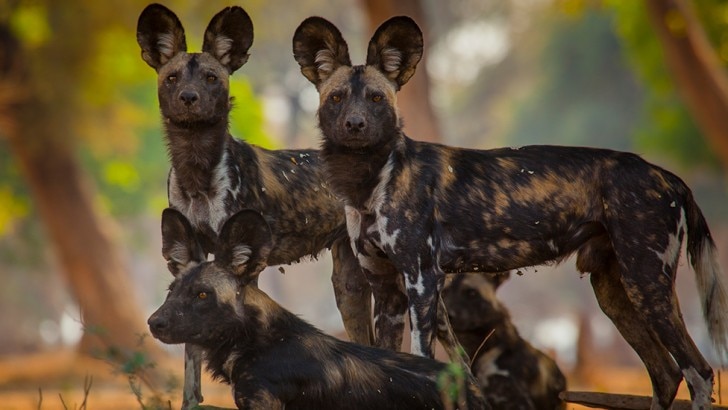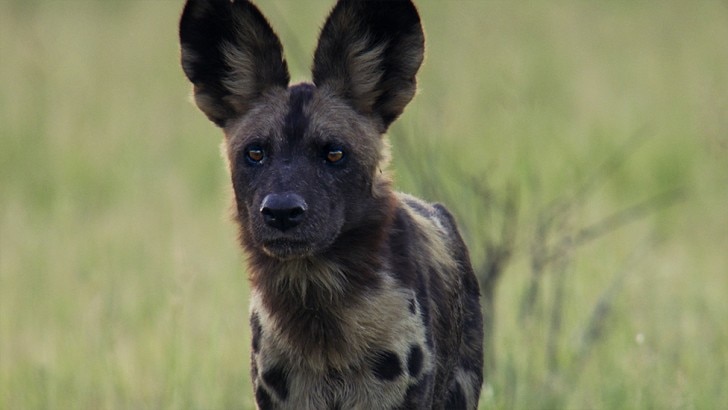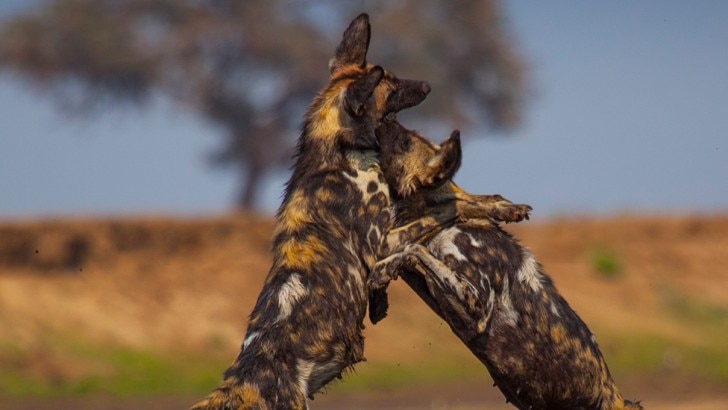BBC Earth newsletter
BBC Earth delivered direct to your inbox
Sign up to receive news, updates and exclusives from BBC Earth and related content from BBC Studios by email.
Animals
‘Why are they called painted wolves and not African wild dogs?!’
That’s a question we’ve been asked a lot since the release of Dynasties.

With only 6,600 painted wolves left in the world, they are Africa’s second most endangered carnivore (just behind the Ethiopian wolf). For an animal so few in number, seem to have more common names than any other predator. These 10 names are just the English language titles:
Their scientific name is Lycaon pictus – which translates directly as painted wolf and reflects their mottled caramel and brown fur. The Lycaon genus is more closely related to wolves than domestic dogs. On top of this, everything from their phylogeny (evolutionary development) to their behaviour, makes them more suitably named as ‘wolves’. Funnily enough, they are often confused for hyenas (which aren’t canids and are most closely related to cats and mongoose).

Like the movement to “rebrand” killer whales to orca, painted wolves have had to had their fair share of bad press and misunderstanding and some believe a fresh and fixed name might improve their chances of survival.

There is a frequent misconception that painted wolves are feral dogs, so using a more ‘wild’ name is increasingly preferred. There is a growing number of people interested in the conservation of Lycaon pictus that use this translation as the common name, to describe the species. Some argue that this shift may help promote positive attention to a fascinating and very threatened species, which has suffered persecution for so long.
The team who made this episode wanted to create a film that would help people look at these wonderful and endangered animals in a new light.
Featured image © Nick Lyon